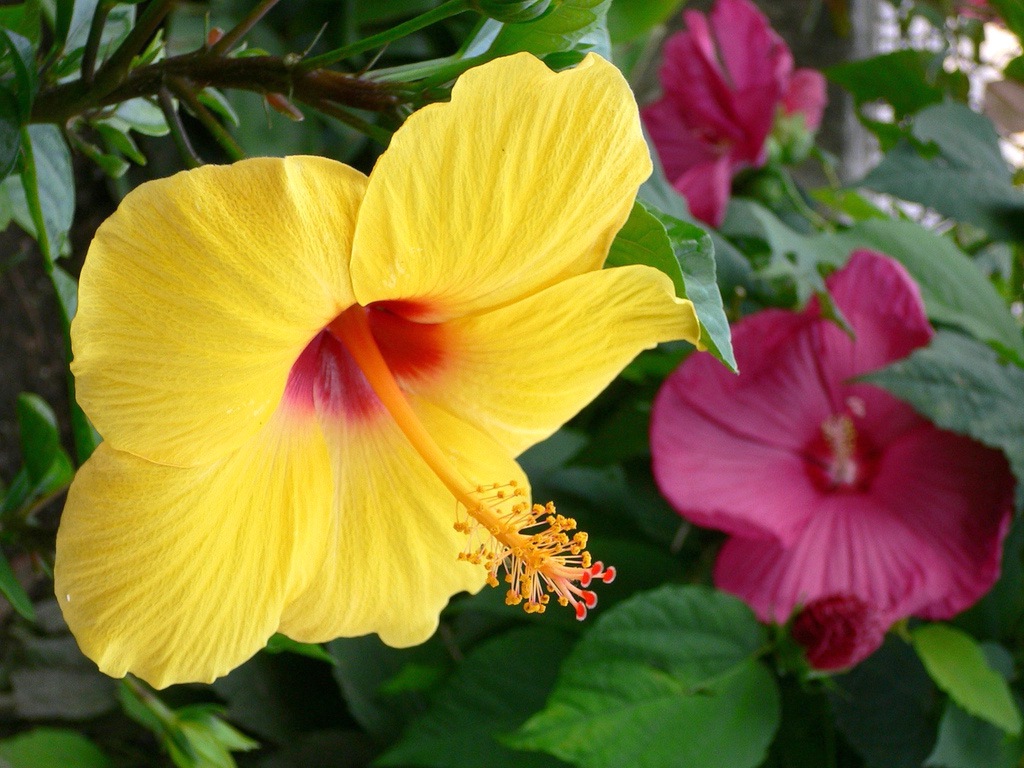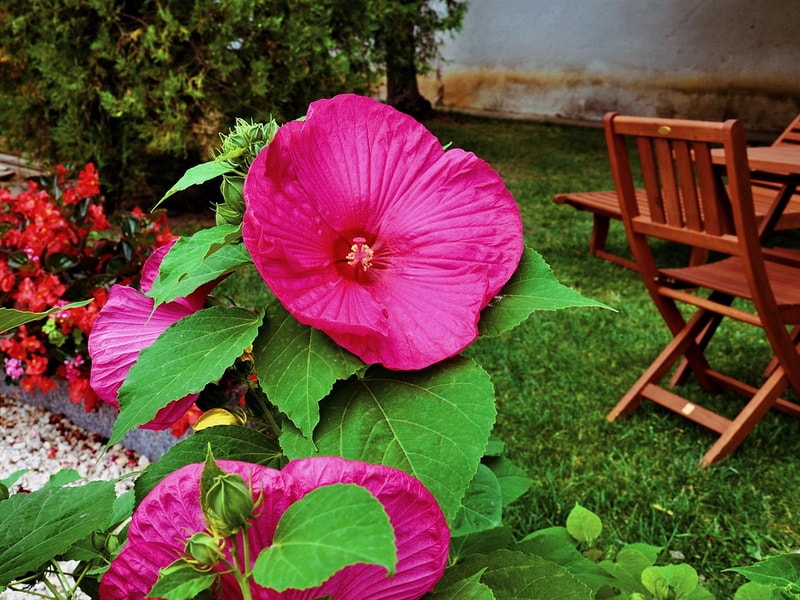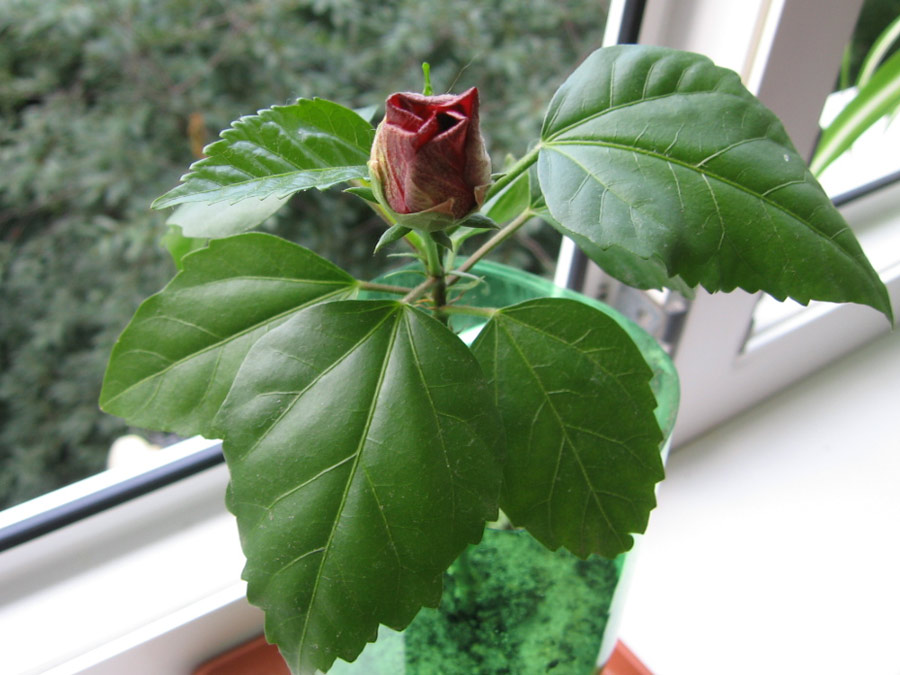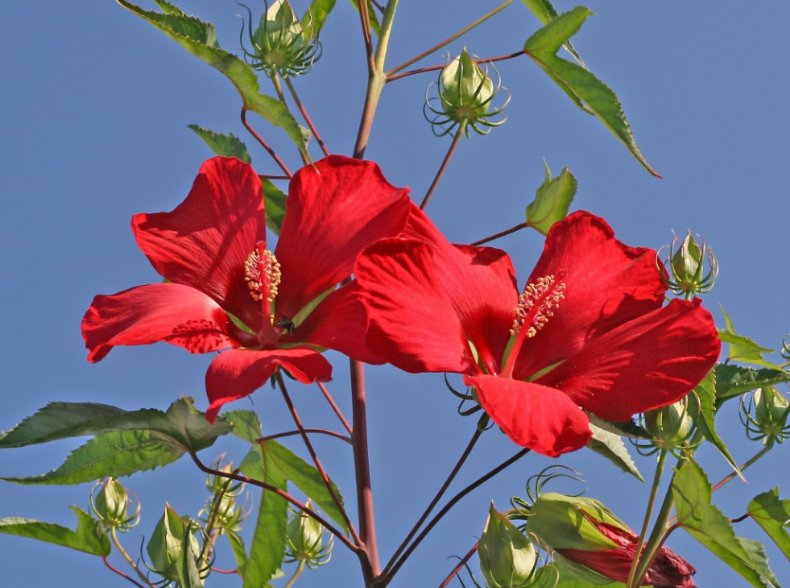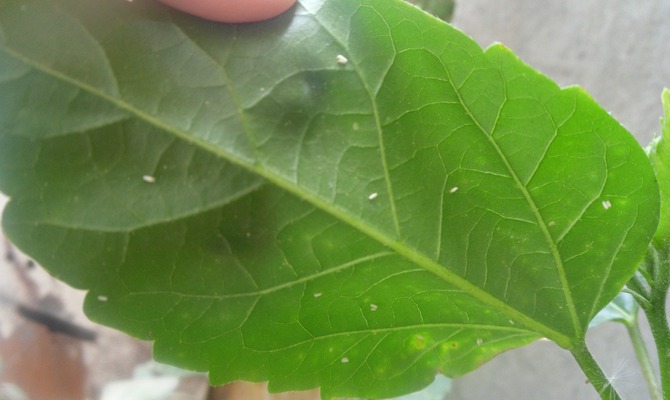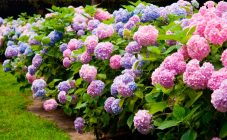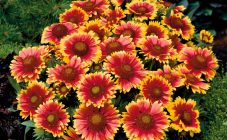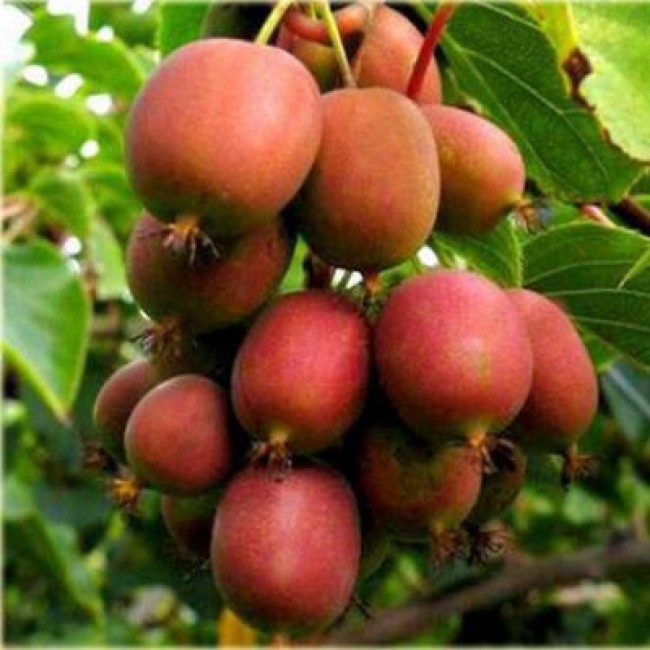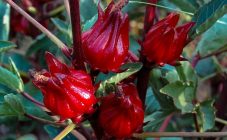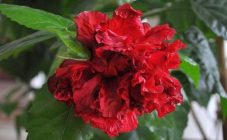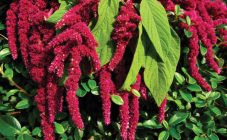Content:
The hibiscus plant has long conquered the whole world with its beauty and grace. Originally from India and China, it has spread throughout the world and has taken root especially well in places with a warm favorable climate - the tropics, the Mediterranean, North Africa, Asia and the Middle East. Some species have adapted to more severe climatic conditions and have spread throughout Russia as decorative indoor and outdoor plants.
What is hibiscus
In order to understand well the characteristics of a plant, to start growing it, it is worth learning everything about hibiscus: features of care, reproduction, varieties.
The genus Hibiscus belongs to the Malvov family. In Russia, it is better known as the Chinese rose. There are about 300 species of this plant, and how many varieties are not known exactly. And over time, this number only increases. Despite the fact that many superstitions are associated with the flowers of hibiscus, it is often called the flower of death, warns against breeding at home, the popularity of the plant is only growing. The look of hibiscus captivates beauty lovers. Its beneficial effect on the atmosphere in the home has been proven for a long time.
Description of the plant
The variety and beauty of culture is striking: a combination of colors and shades in various combinations, a beautiful and extraordinary shape of flowers, graceful foliage.
Hibiscus is a simple flower, composed of 5 petals, and can create complex double inflorescences with a combination of 2 or more colors. The sizes of the inflorescences are also different - from 5 to 30 cm in diameter.
By nature, hibiscus is a flowering shrub or small tree. It can be annual and perennial, evergreen and deciduous, indoor and outdoor, domestic and wild. Basically, this plant is thermophilic, but there are already winter-hardy varieties that are able to grow and bloom in Russian latitudes.
The main varieties of hibiscus and their features
There are several classifications of plant varieties. One of them distinguishes 3 main types of hibiscus according to its shape:
Grassy
It is the result of crossing pink, red and holly hibiscus. It is a perennial that grows in the form of a bush. It stands out with large erect branches, large leaves and flowers up to 40 cm in various colors: white, red, pink, burgundy. In one season it grows up to 3 m. The flowering period is long - from the second half of summer to the end of autumn.
Especially the herbaceous street hibiscus stands out in that every year its pagons can dry out, and in the spring it is able to start new ones. In addition, its root system is quite strong and, with high-quality hilling, can withstand frost down to -30 ° C.
Shrub
A perennial plant in the form of a bush. Unlike herbaceous hibiscus, this species is deciduous and grows slowly. It blooms profusely all season, the flowers are beautiful, multi-colored, medium-sized up to 20 cm. A feature of many varieties of flowers is an elongated pistil and a lush stamen.
Hibiscus grows on average up to 3 m, in some cases the height reaches 5 m. If desired, using pruning, you can form a beautiful tree or bush of the desired shape. The plant loves sunlight, quiet secluded places.
Tree-like
Single-stemmed tree, capable of reaching 6 m in height. It is characterized by unpretentious care, good winter hardiness, abundant and long flowering. The leaves are bright green, large. Small flowers up to 12 cm in diameter, inflorescences are simple or double, multi-colored. Flowering begins 2-3 years after planting.
The tree begins to form branches at a height of half a meter. To create a beautiful crown, pinching of pagons, regular pruning of branches are recommended.
Experts also identify several varietal hibiscus, depending on the country of origin and basic properties:
- Sudanese rose, or Rosalia. The variety of Indian origin is popular in tropical islands. It is the basis for the production of the famous hibiscus tea.
- Chinese rose, or Chinese hibiscus. Indoor perennial plant, common in Russia. Evergreen shrub up to 4 m high. The flowers are bright medium-sized, the leaves are elongated, glossy, slightly sticky. Flowering continues almost all year round.
- Syrian is a perennial deciduous shrub. Suitable for growing in the open field, winter hardy. Well adapted to the conditions of the Middle Lane.
- Hemp (Kenaf). Grows in the tropics, used in the textile industry.
- Swamp (musky). Origin - the bed of the Mississippi. It is especially loved by gardeners in the Russian Federation due to its huge bright flowers and good combinations with other cultures.
- Northern (triple). Herbaceous wild plant, common in Asia and the Mediterranean.
The most popular varieties of hibiscus:
- Red Hawaiian. It stands out for its large red flowers with 5 petals.
- Yellow spread out. Originally from Australia. An evergreen shrub. The flowers are yellow with a raspberry center.
- Sparkling pink. Shrub type evergreen plant. The flowers are large, pale pink with a crimson center and wavy tips.
- Tall. Large evergreen tree. The color gamut of flowers varies from light yellow to rich orange, almost red.
- Okra (edible). Perennial herbaceous culture. It is characterized by large delicate flowers of cream, beige shades. As the name suggests, edible fruits form at the base.
- Kaili. A perennial tree plant from Hawaii. It stands out for its beautiful red flowers and glossy sheets.
- Arnotti. Large heat-loving shrub, which features snow-white flowers with a red base and a pleasant aroma.
The most popular representatives of domestic hibiscus flowers in Russia are varieties of the Chinese rose, outdoor plants (Syrian and marsh).
Syrian rose varieties - Ardens, Blue satin.
Reproduction and cultivation
The culture can propagate in 2 main ways - by cuttings and seeds. At first glance, it is not clear how to grow hibiscus from seeds at home. It is difficult to find quality planting material. Special stores with official websites come to the rescue. Shopping in this way is more reliable, in addition, you can order delivery by mail.
With good seeds, the soil should be prepared. A mixture of soil is poured into the pots - turf soil with sand and peat. The soil is well moistened, grains are sown. How many seeds to sow in one container depends on its size. Mostly 3-5 pcs. quite enough. They are neatly covered with the ground, lightly compacted, covered with foil or glass to create a greenhouse effect. After the first shoots sprout, the film is removed, the containers are transferred to a sunny warm place.
The grafting method is a little simpler. Cuttings are taken from the top of the shoots, they must have at least 2 internodes. The twigs are placed in water, it is possible with the addition of a few drops of a growth activator. They are planted so that the lower knot is tightly covered with earth. Then it is well watered and covered with a glass jar. With the advent of new leaves, the container is removed.
Care consists in timely watering, feeding and crown formation. If the plant begins to wither and dry, it is worth watering. It should be remembered that waterlogging can also be harmful.
Useful properties of culture
Besides its beauty, hibiscus is known worldwide for its beneficial properties. It is widely used in cooking, pharmacology, cosmetology.
The well-known hibiscus tea is a refreshing healthy drink made from Sudanese rose flowers. They contain amino acids, organic acids, pectin, flavonoids, anthocyanins. The leaves and fruits of hibiscus are also used for food, as they are high in calories and rich in proteins and carbohydrates.
The use of hibiscus strengthens the immune system well, removes toxins, tones, positively affects the work of the cardiovascular system, and normalizes blood pressure. Due to these characteristics, it becomes clear why this plant is so valued.
In cosmetology, creams and hair dyes are made on the basis of hibiscus.
Diseases and pests
Hibiscus is quite resistant to diseases and pests. But with inappropriate growing conditions or improper care, the risk of damage to the plant increases.
The main factors provoking flower diseases:
- insufficient watering;
- dry room;
- direct sunlight;
- drafts;
- dustiness;
- waterlogging;
- shading;
- excess fertilizer;
- untimely transplant.
The most common hibiscus diseases:
- Sunburn. It is recommended to move the plant to a more suitable location.
- Infectious chlorosis. It is treated with iron chelate fertilization.
- Non-infectious chlorosis. Thorough flushing of the sheets and trunk helps.
- Vascular wilting. It is treated with antifungal agents, for example, epin, zircon.
Pests that threaten hibiscus:
- Aphid. Anabizin, fitoverm, decis are used.
- Shield. It is treated with insecticides.
- Whitefly. Used drugs aktara, spark.
- Spider mite. It is processed by fitoverm, lightning.
Hibiscus is a real find for gardeners. Thanks to its unusually beautiful colors, it can become a decoration for any home. The culture is very widely used in landscape design, becoming the highlight of borders and flower beds, parks and lakes. With the correct selection of the variety and the application of some effort, hibiscus will delight the eye for a long time. In addition, new varieties have already been bred, the flowers of which can bloom for more than one day. This is the key to the undying popularity of this culture.
